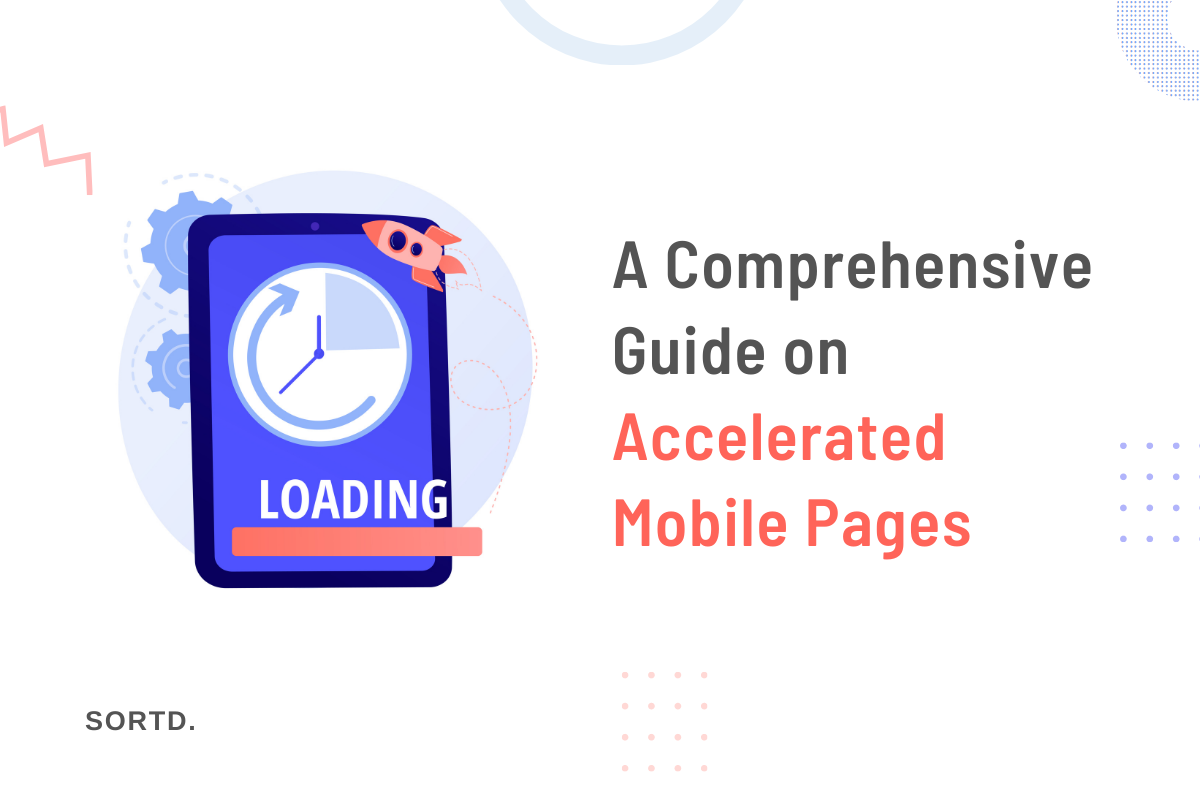[vc_row pix_particles_check=””][vc_column][vc_column_text]
Google AMP has become a popular term, especially among business owners and developers. With Google AMP, you can quickly build efficient mobile pages that can align with your target audience. Before we delve into details, let’s first understand what exactly Google AMP is.
One of the most advanced website publishing technologies allows you to create mobile-friendly and fast loading web pages. These pages load fast, bringing them at par with b2b eCommerce mobile apps.
How have Accelerated Mobile Pages become a trend?
So, you know a bit of AMP but don’t have in-depth knowledge or are an online business owner confused about whether to invest in AMP? Well, AMP is an open-source project that Google supports. They are compatible with all web browsers, apps or your web viewer. Companies such as Google, Reddit, LinkedIn and Twitter are some of them that are using it. It speeds up the mobile UX that is an inbuilt feature of the eCommerce platform with a mobile app. AMP basically holds cache libraries along with JavaScript and HTML. The multiple extensions also contribute to speeding up the loading time. AMP also allows you to use lighter code to host your content.
Businesses and developers are on the lookout for the best AMP practices. Google has also rolled out AMP updates lately with two kinds of optimisation—lite version and images. The former is available everywhere, even at places where internet connectivity is low. It allows you to display selected information, and this version is available worldwide. It offers high speed while consuming less data.
Images, on the other hand, can load instantly after caching. To make this work, you need to remove a few meta and reduce the quality and resolution of the images. Don’t worry because you can always think about different ways to make this work in your favour.
Pros and cons of AMP
Before heading for AMP, you should know some real facts that heavily impact its functioning. These facts include both pros and cons. When you improve the load time on your website and eCommerce platform with mobile apps, you can smartly lift user experience, positions, and traffic with Google AMP. Some of the merits and demerits of AMP are as follows.
Advantages

- With AMP, you can improve your overall ranking. AMP might not be an officially acclaimed ranking factor, but it does contribute positively.
- Push AMP content in your mobile with faster load time.
- It can also hasten your mobile website performance as these pages are pretty fast, simple, and sleek. It increases website traffic and decreases bounce rate.
- You can also improve the server performance, especially when you have a high traffic volume from mobile users.
- AMP also somewhere impacts the brand value.
Disadvantages
- It holds a small amount of CSS, HTML, and Javascript, which means you don’t get more customisation options and the option of adding more widgets. Inserting a dynamic script is also quite limited.
- It also holds many restrictions when it comes to Analytics platforms. As you will accept Google Analytics using a different tag, every kind of Analytics platform may not support this.
[/vc_column_text][/vc_column][/vc_row]


